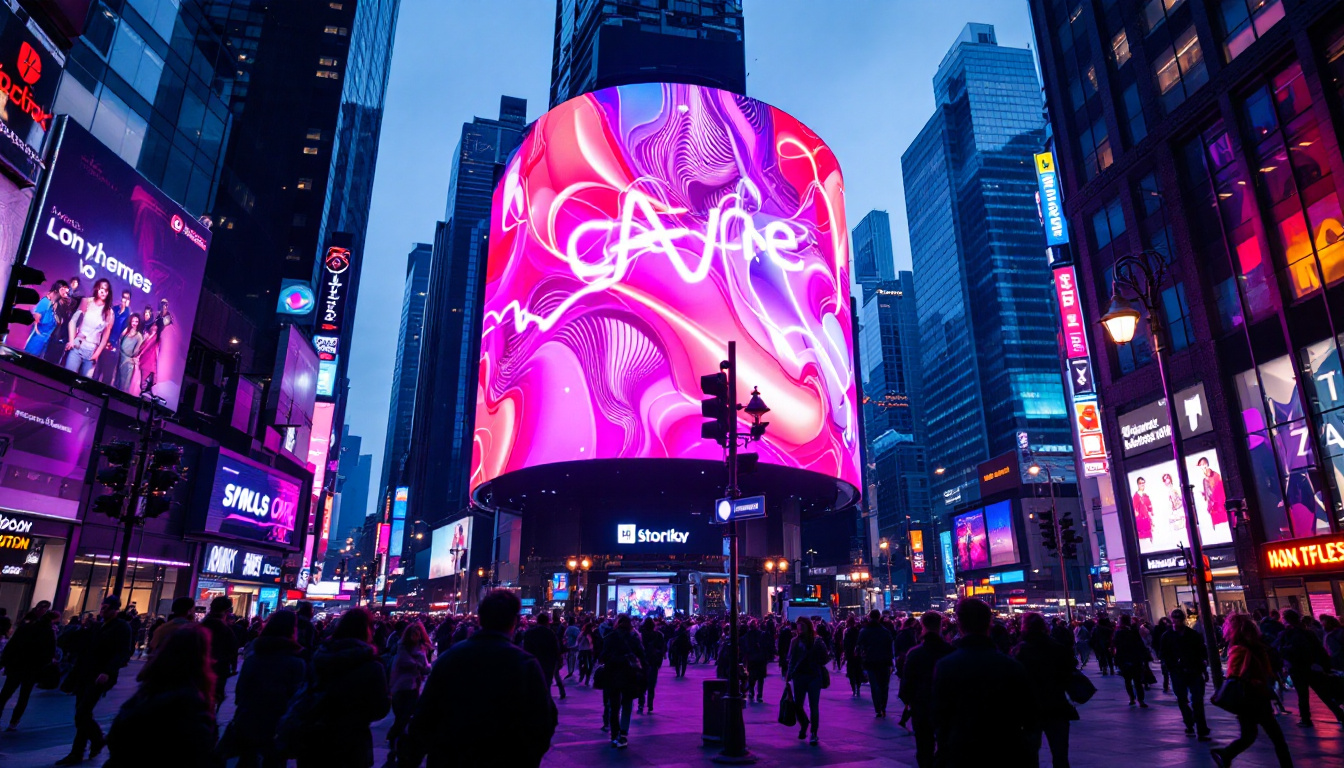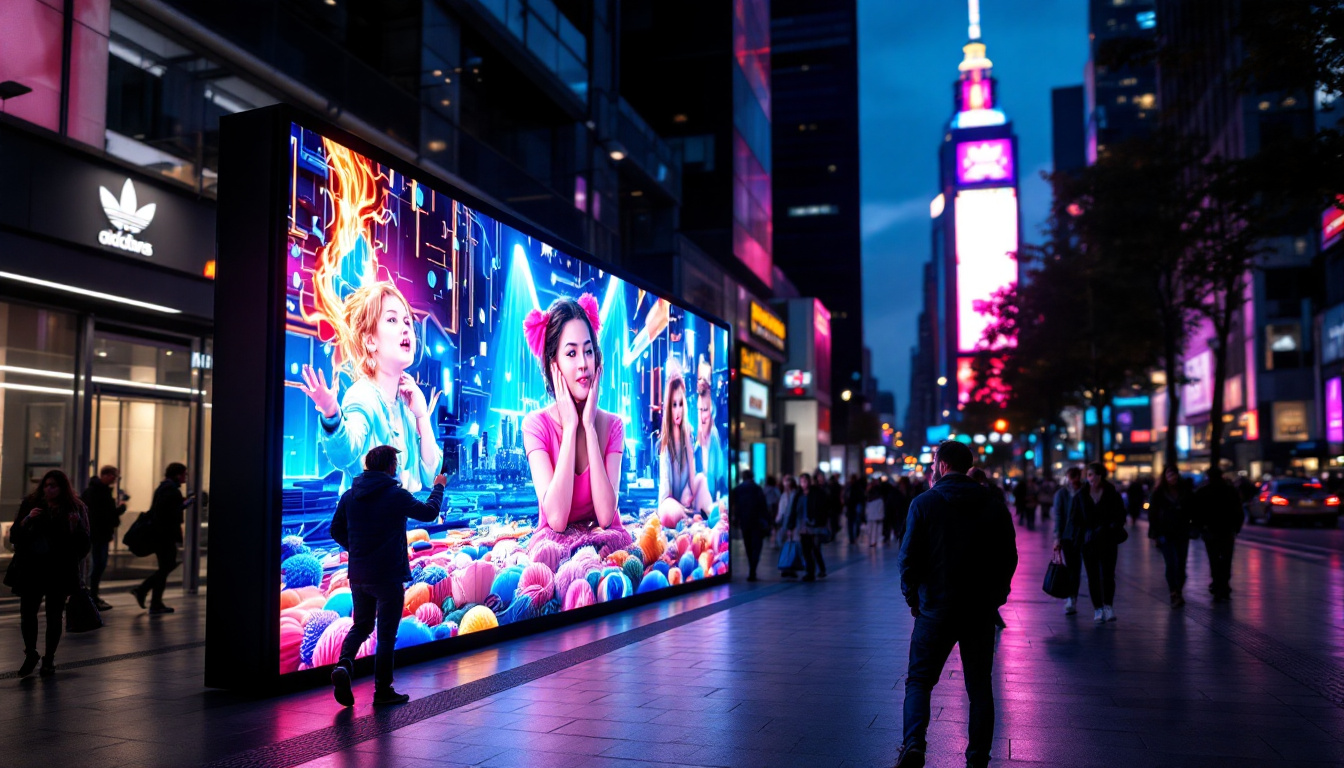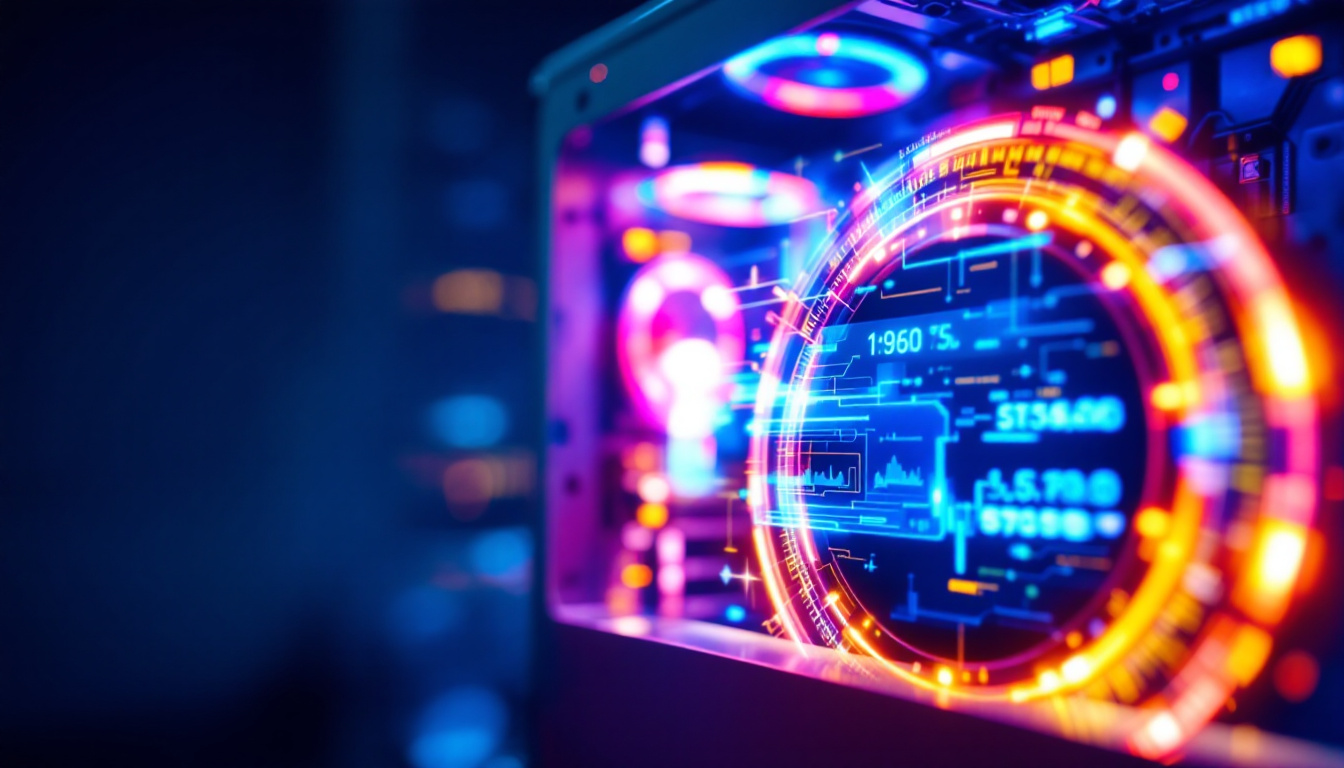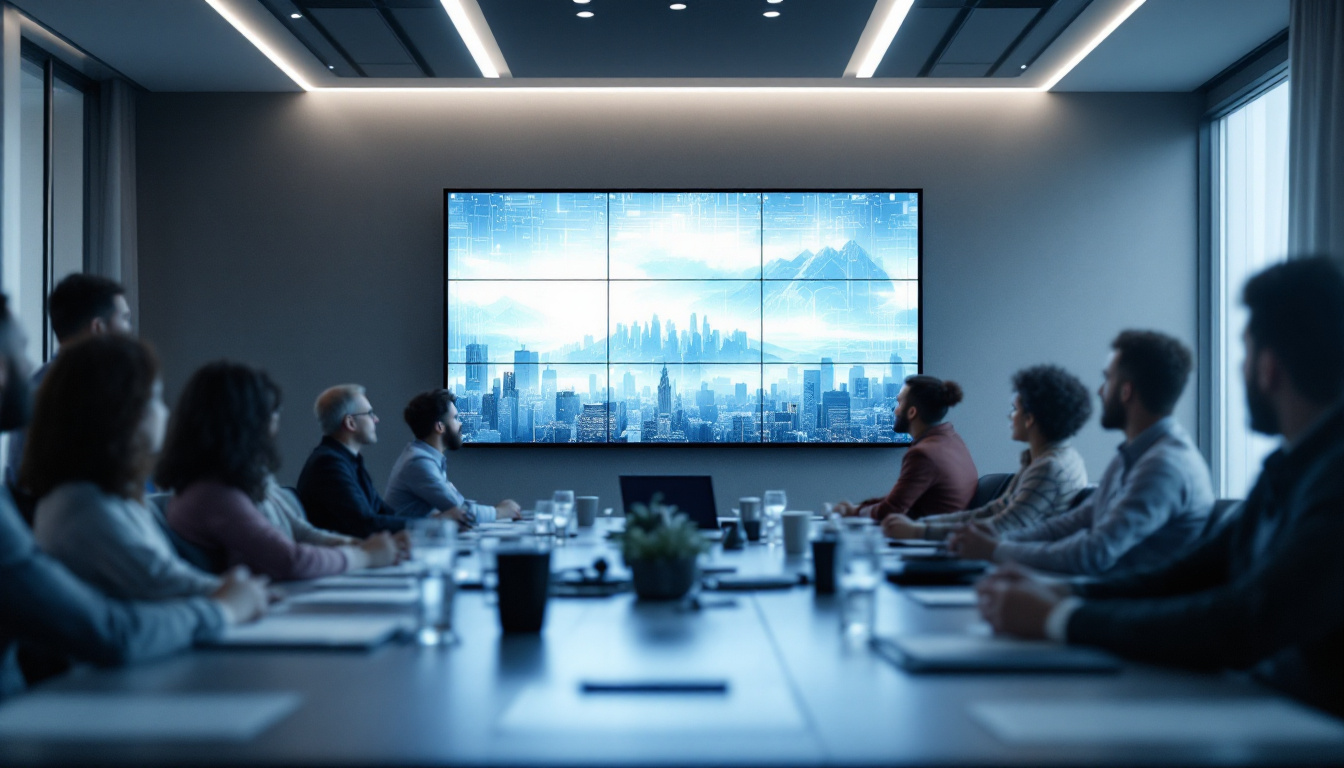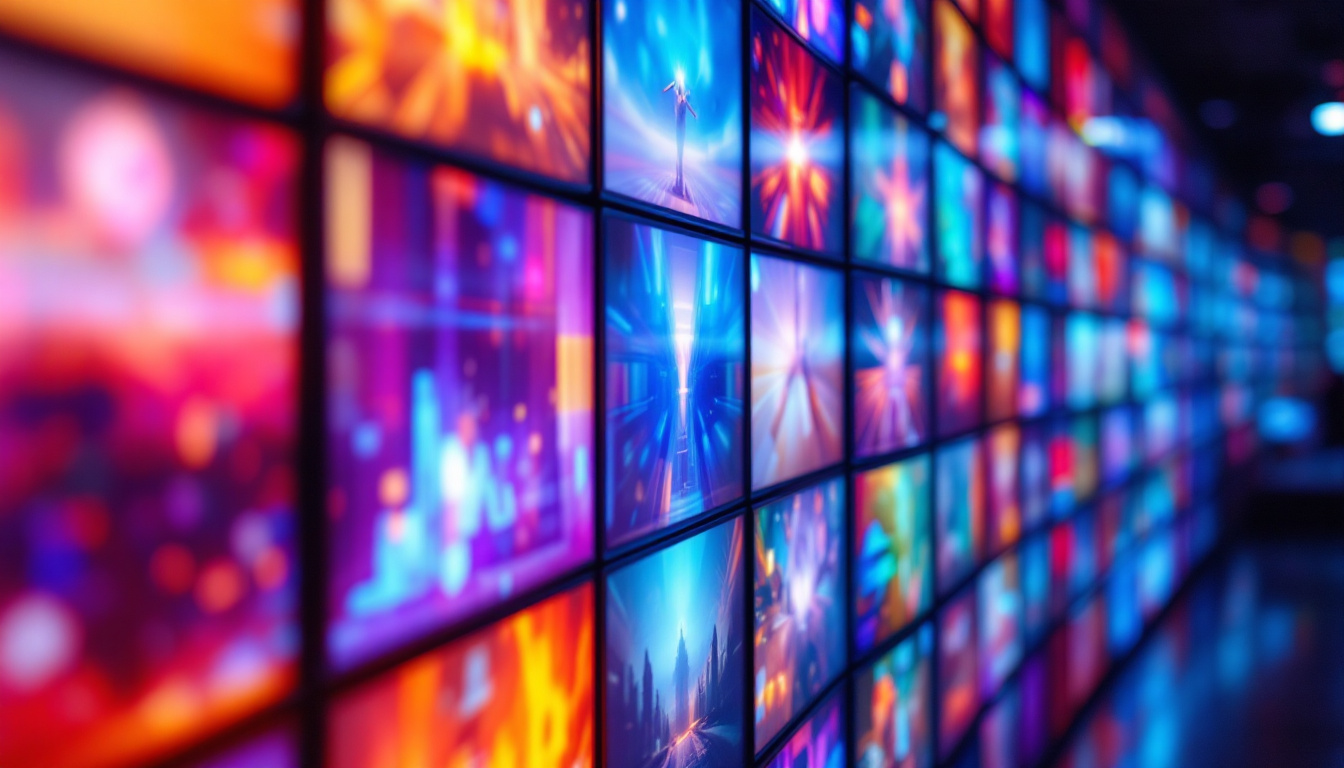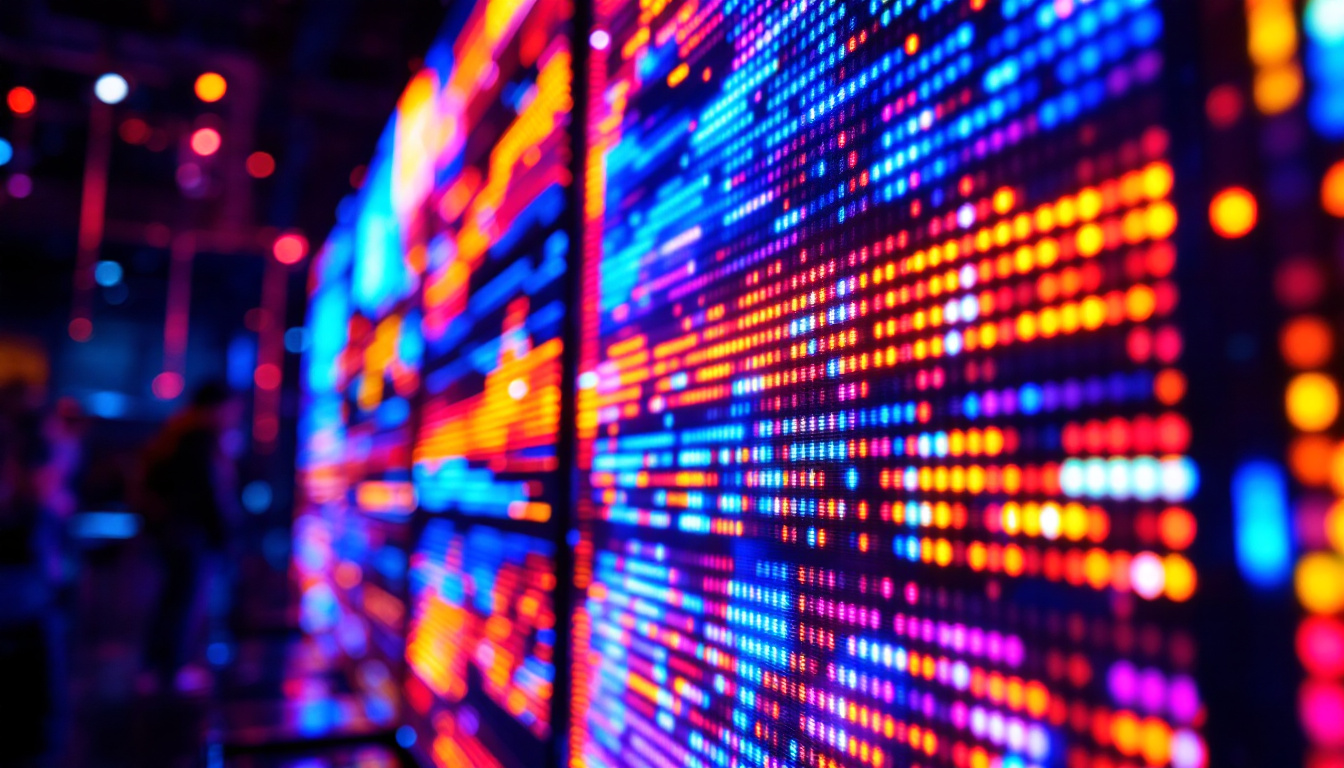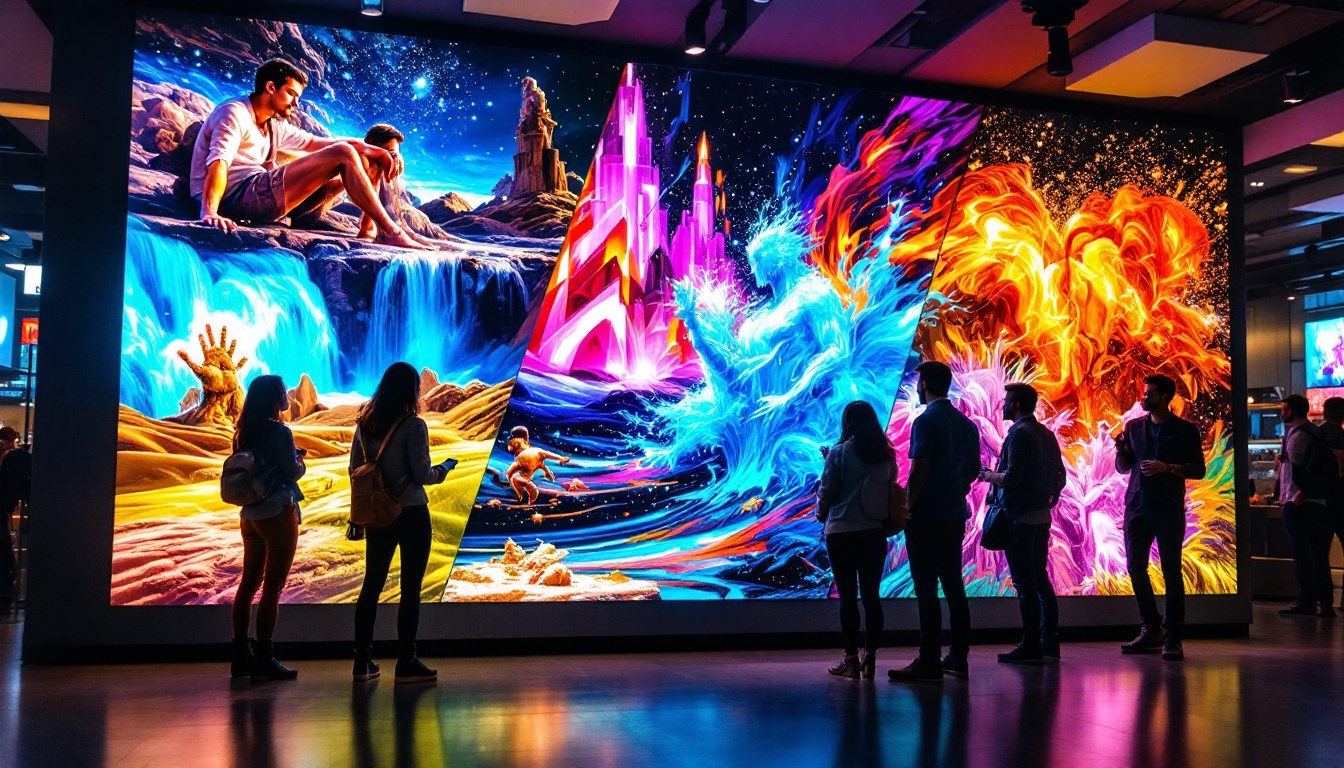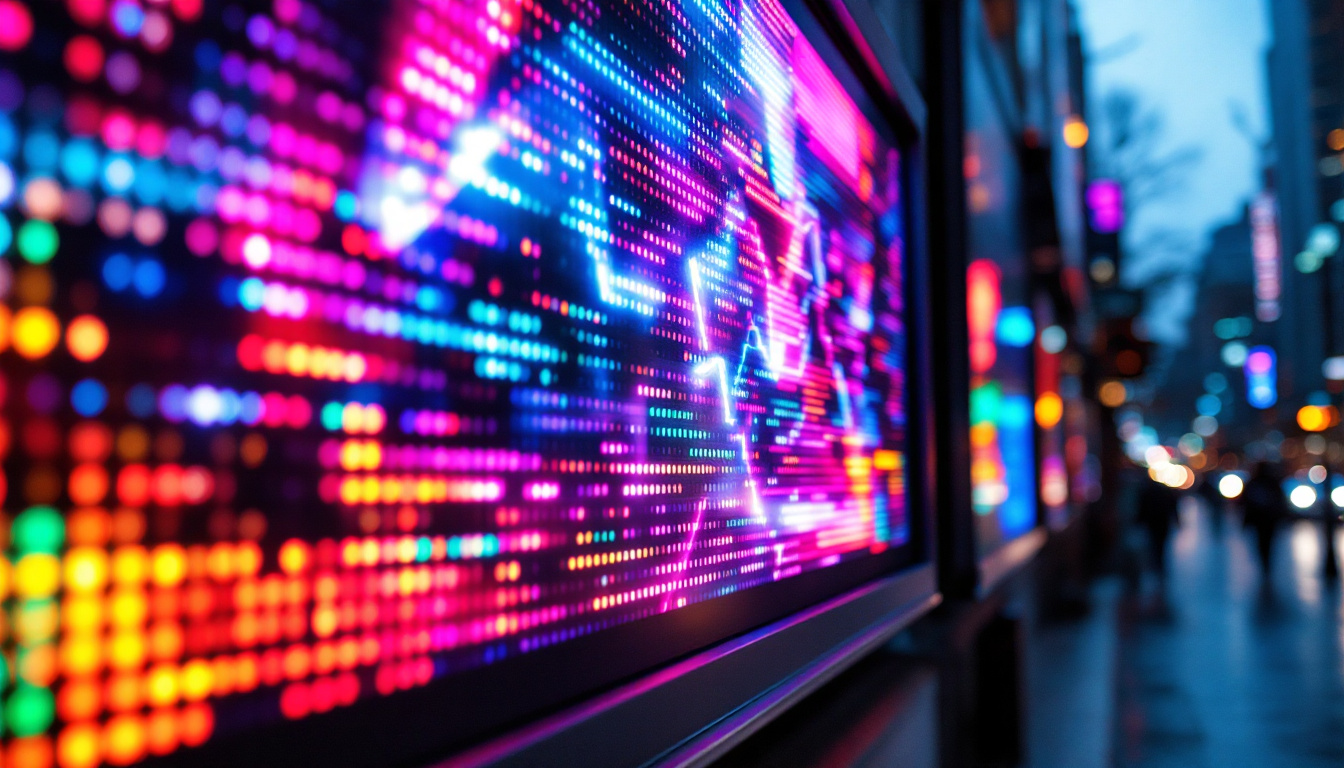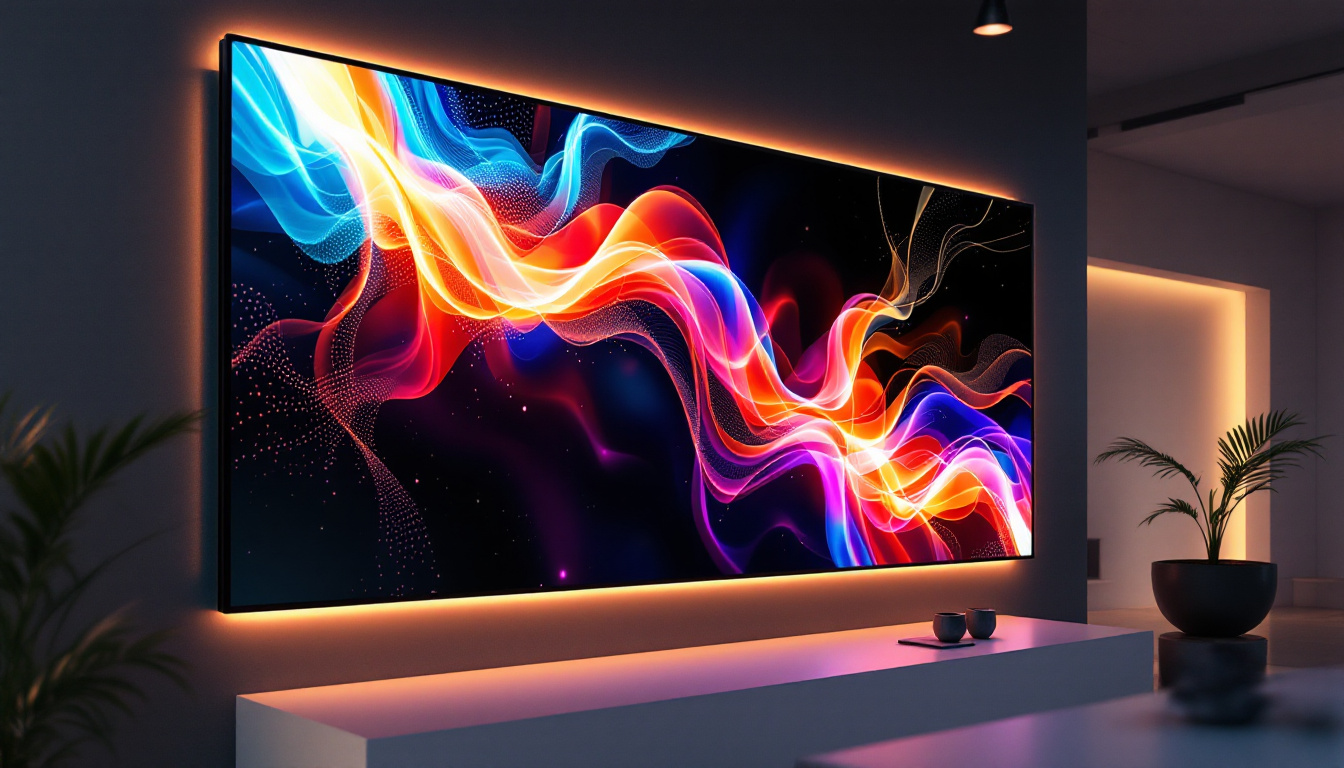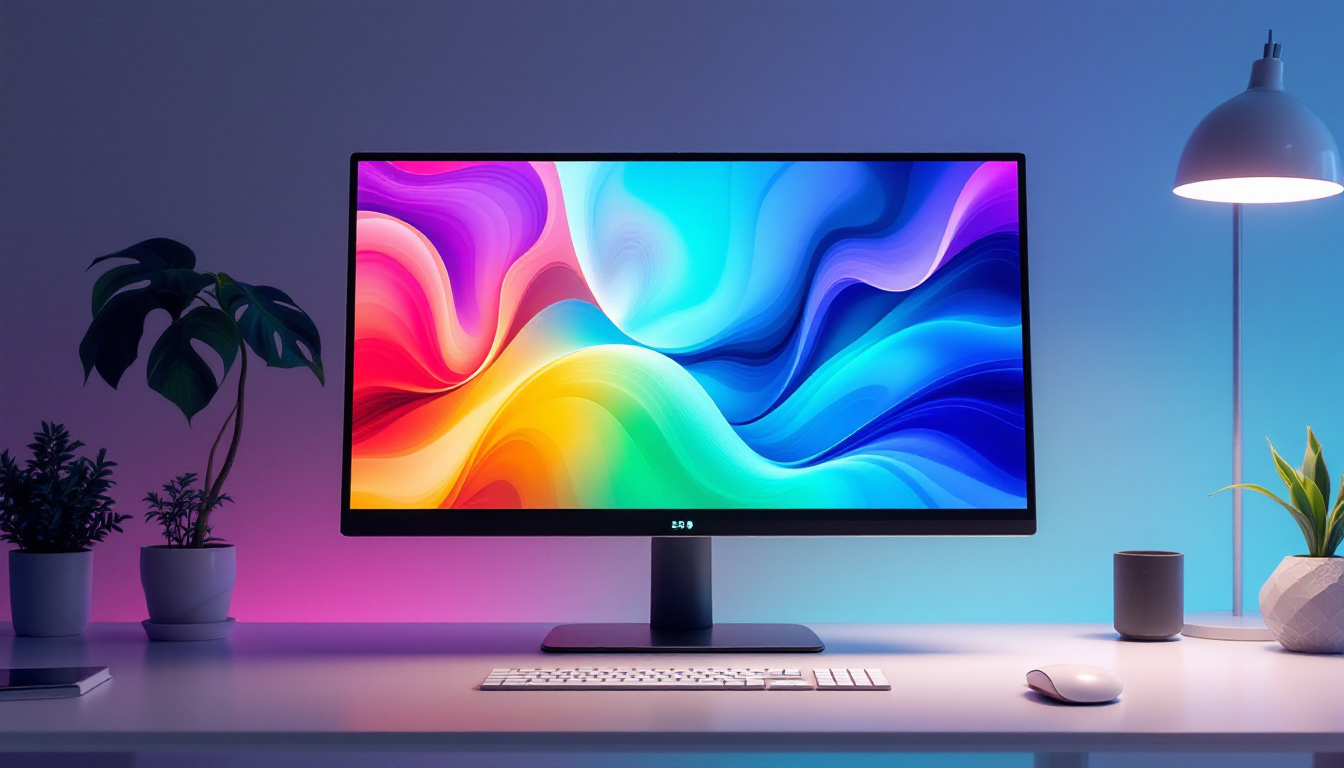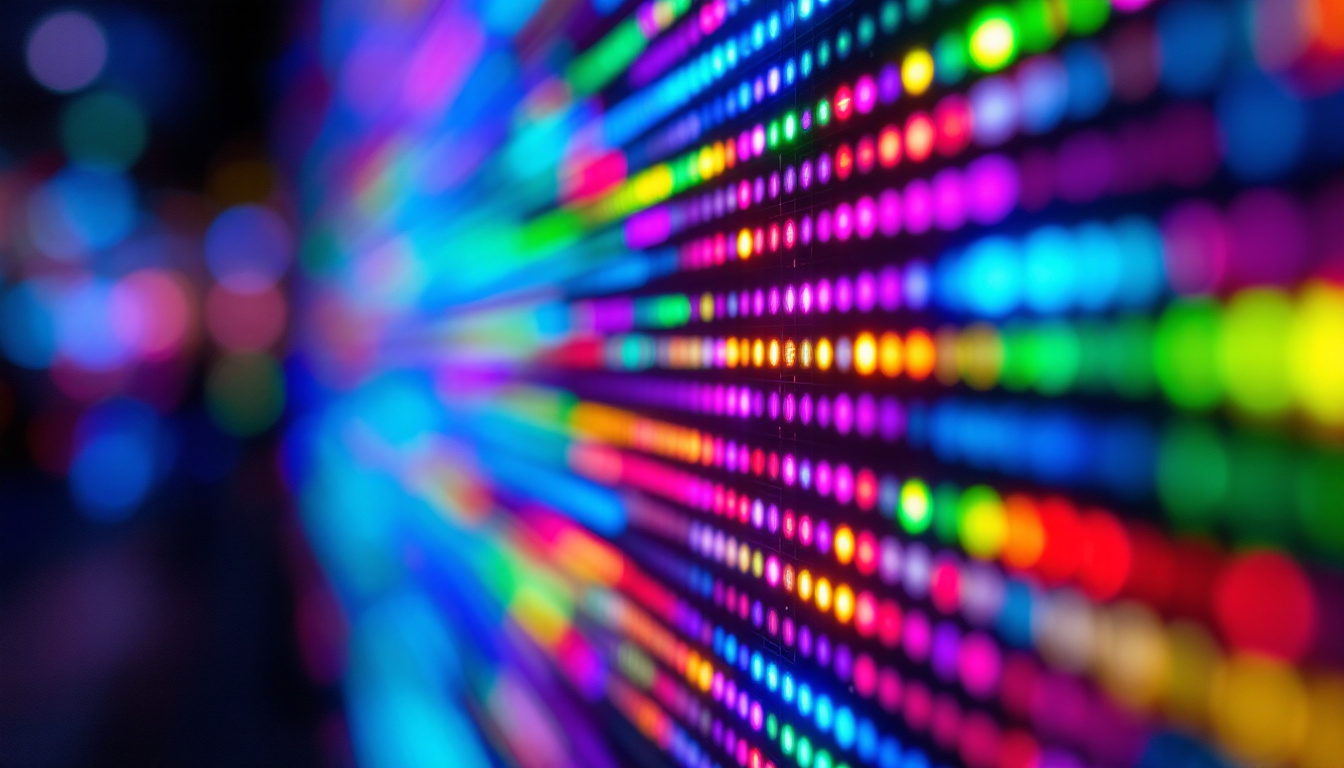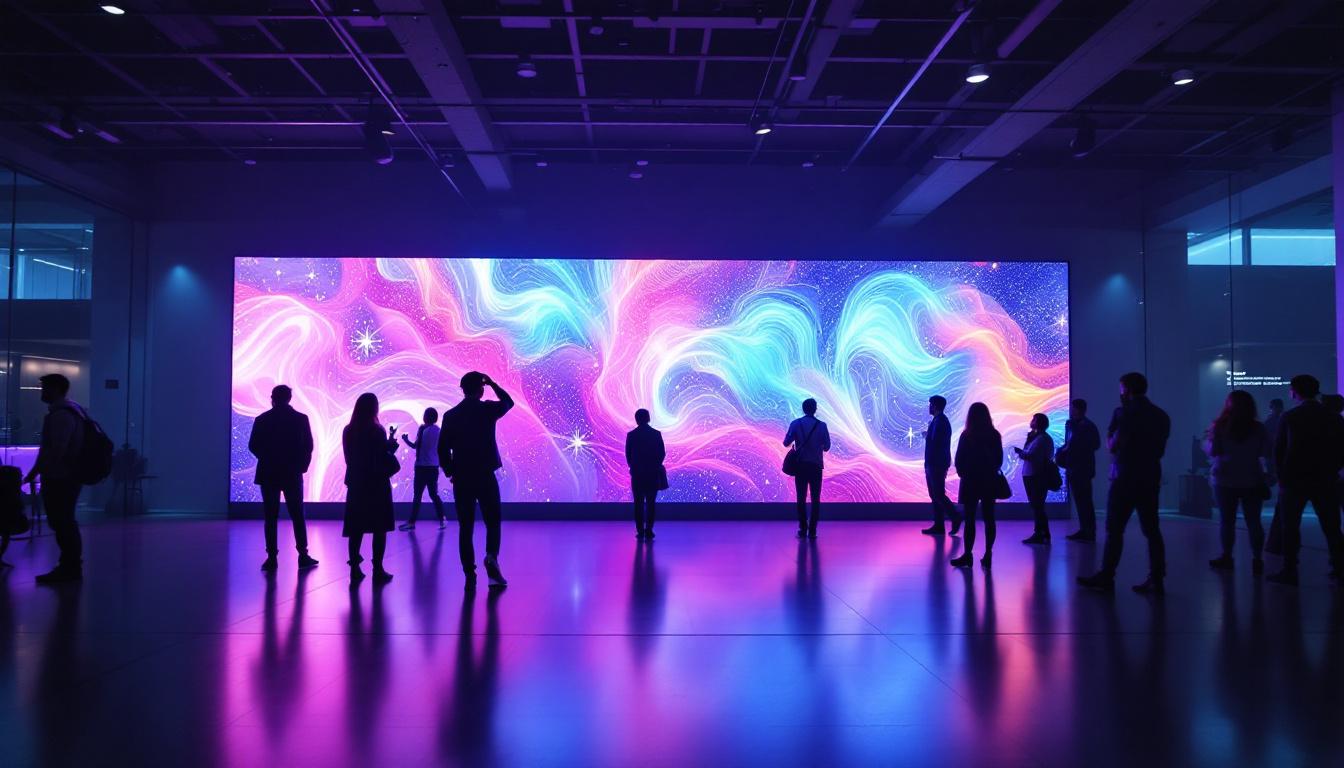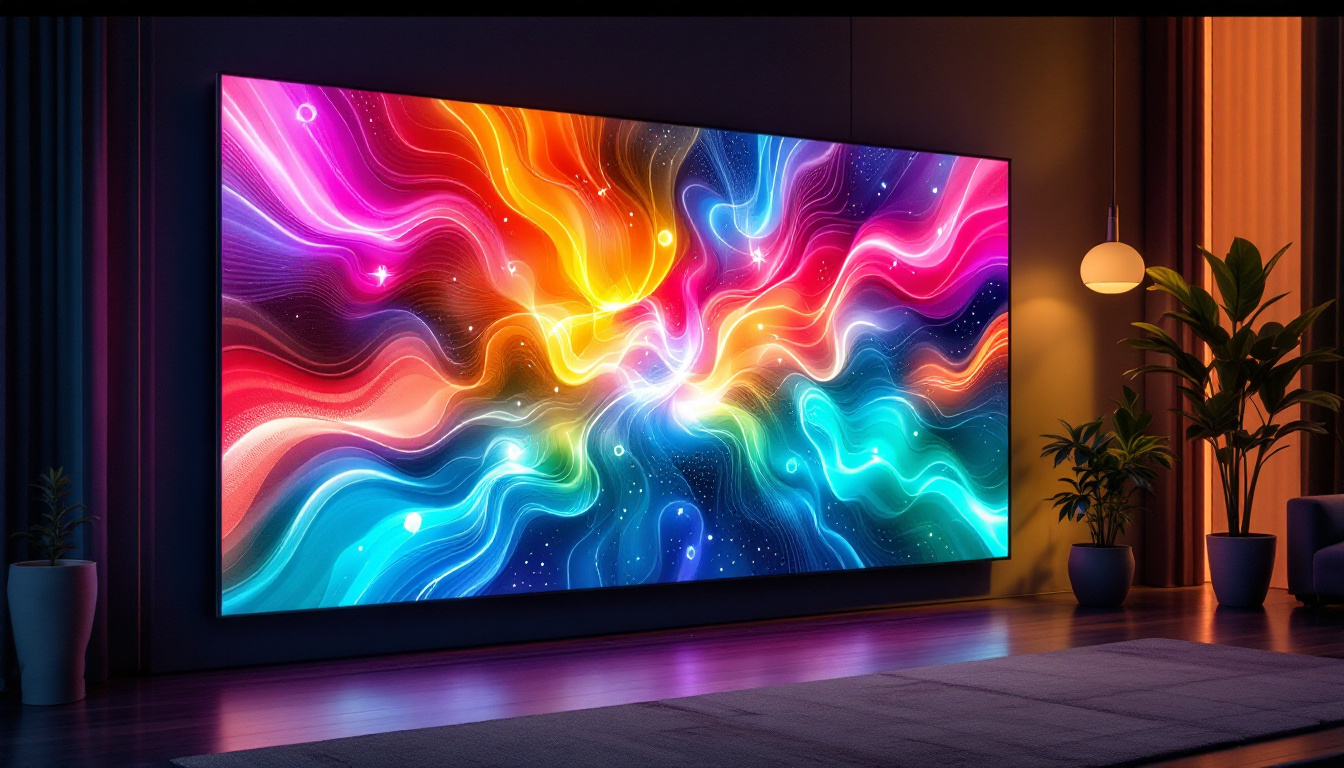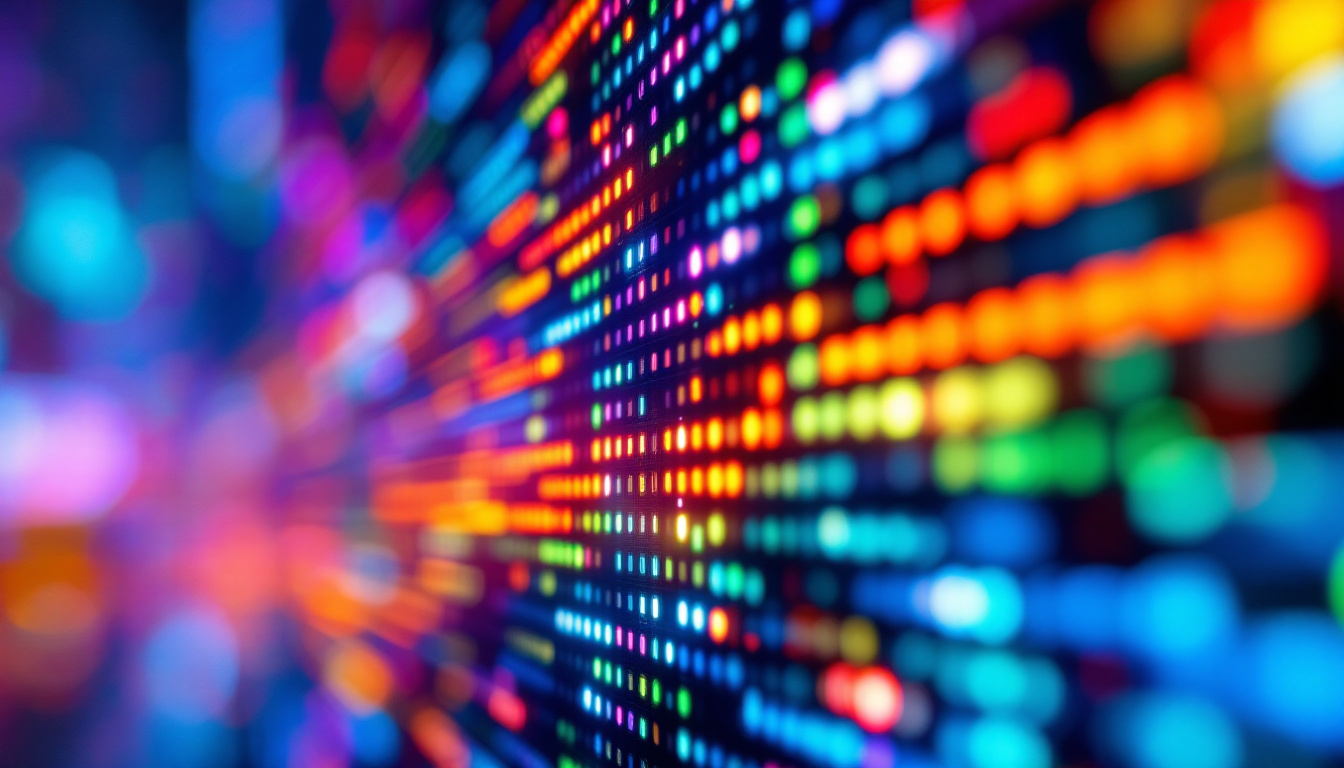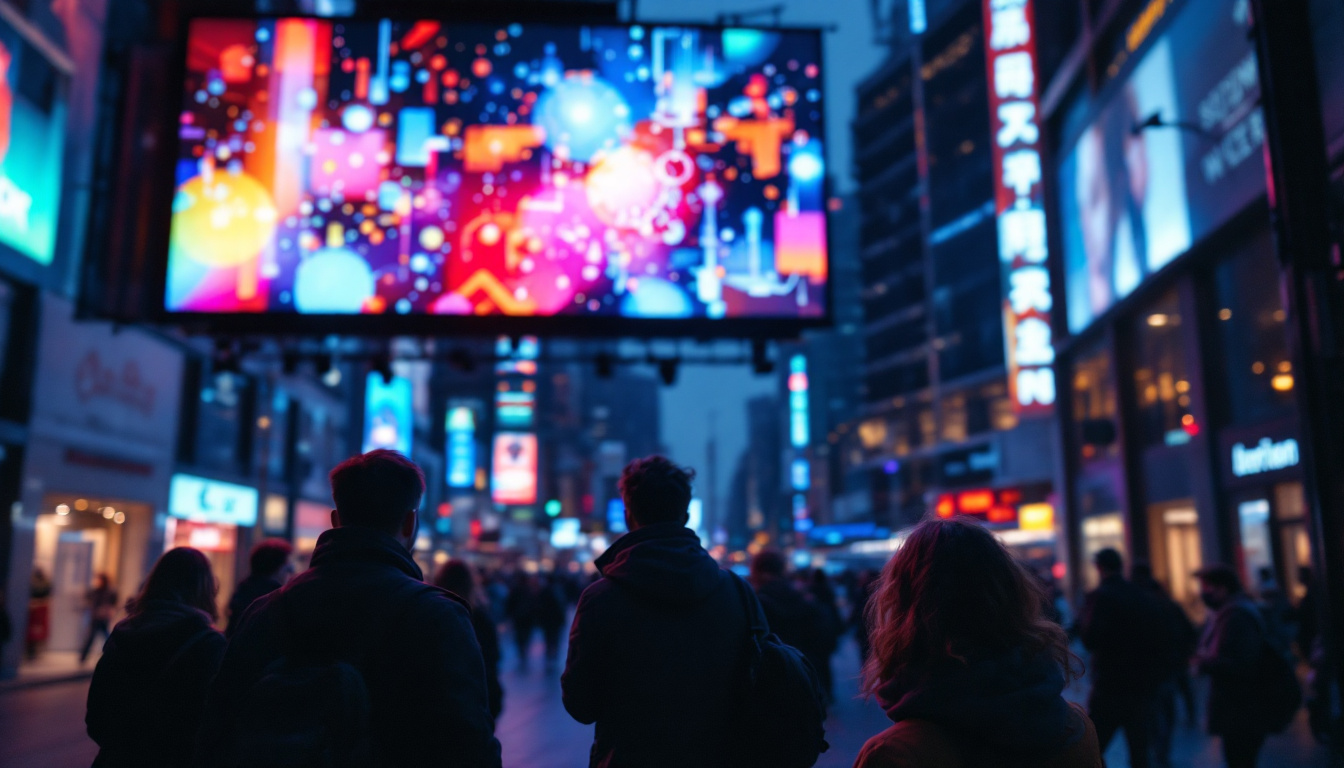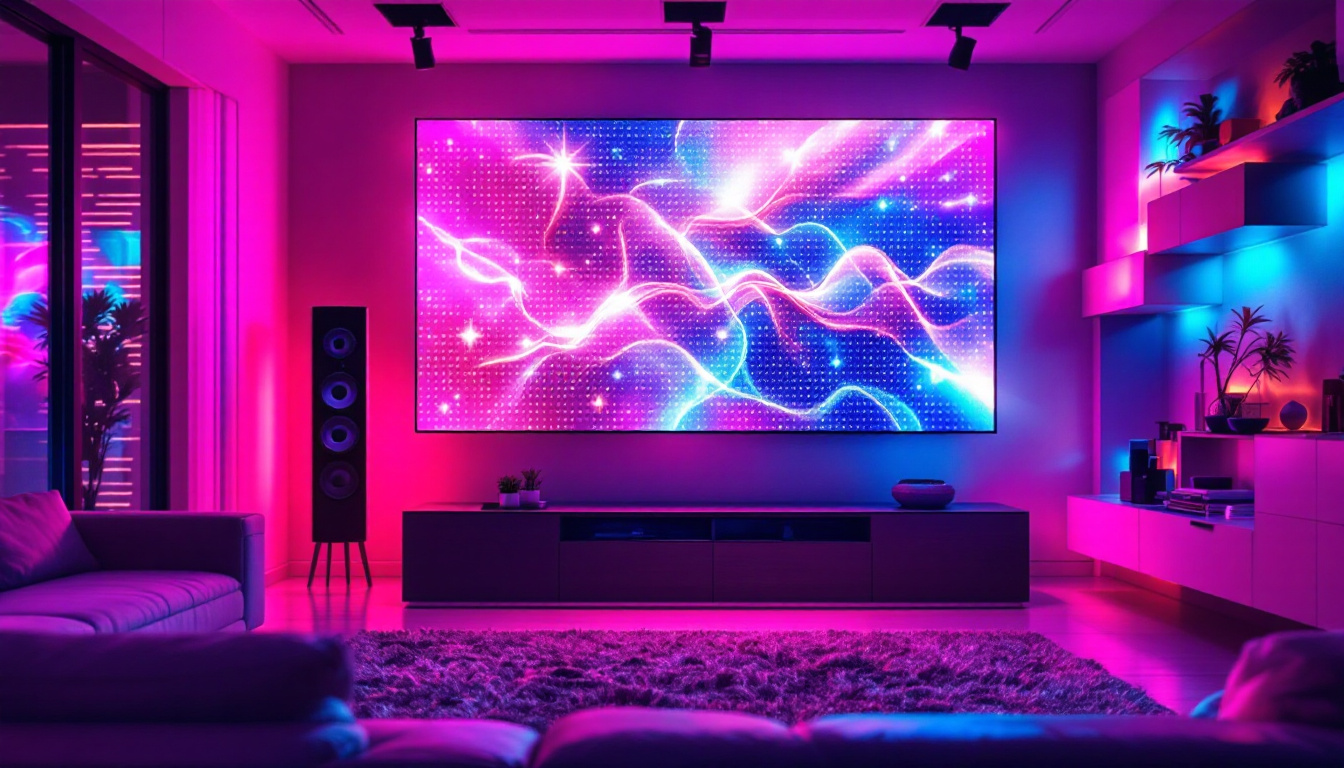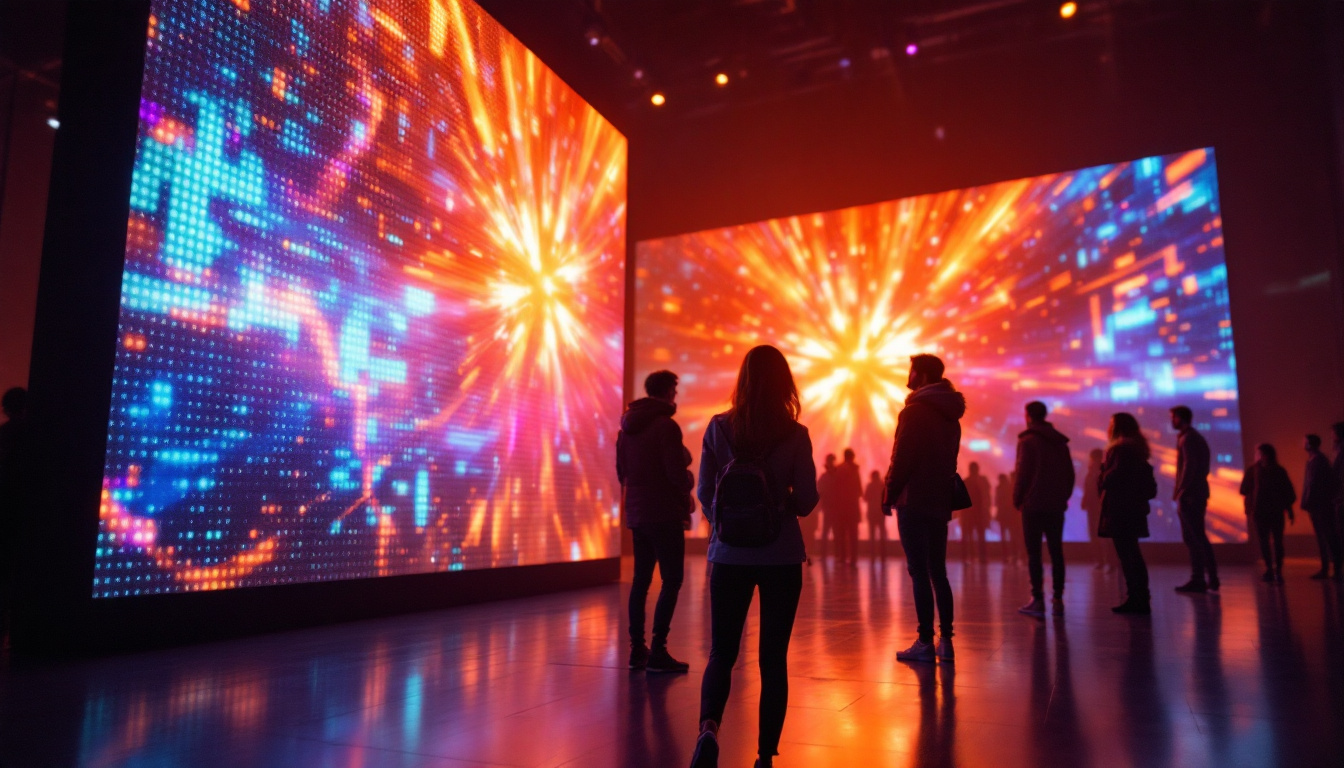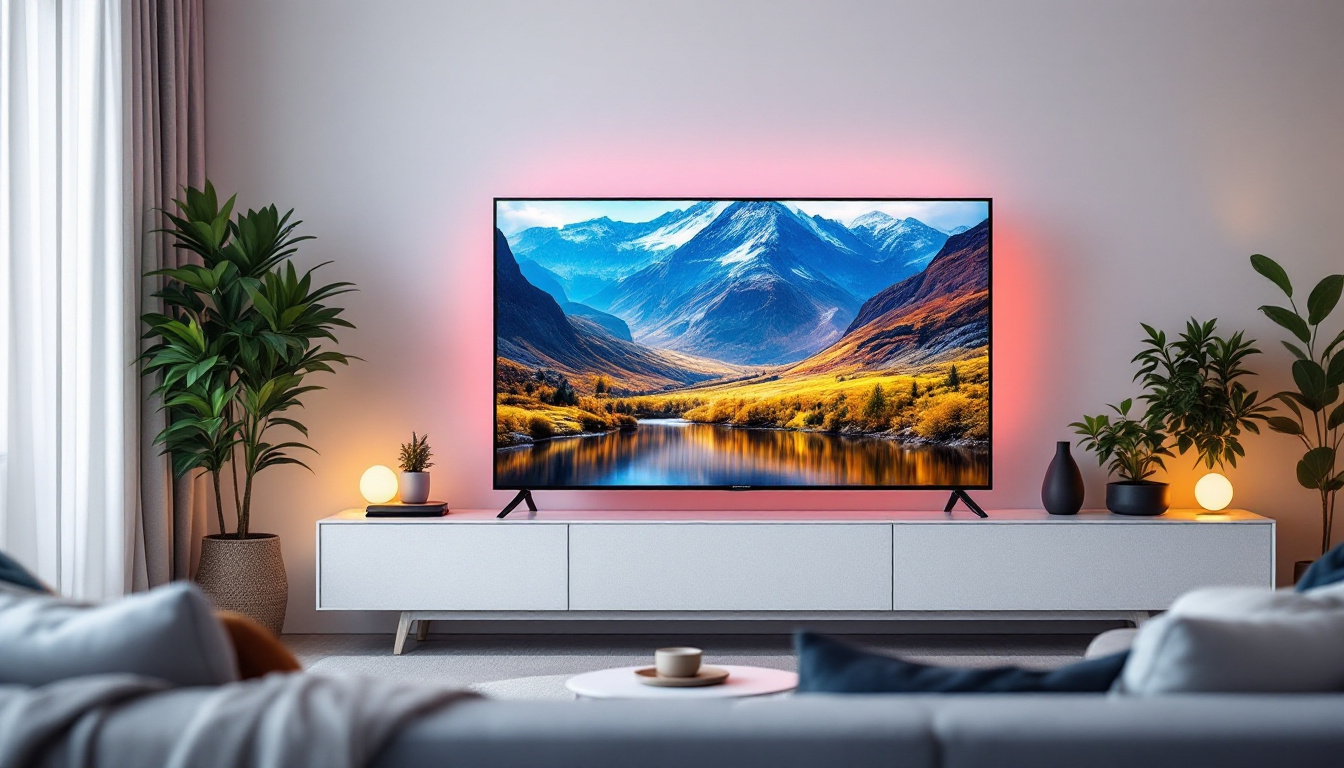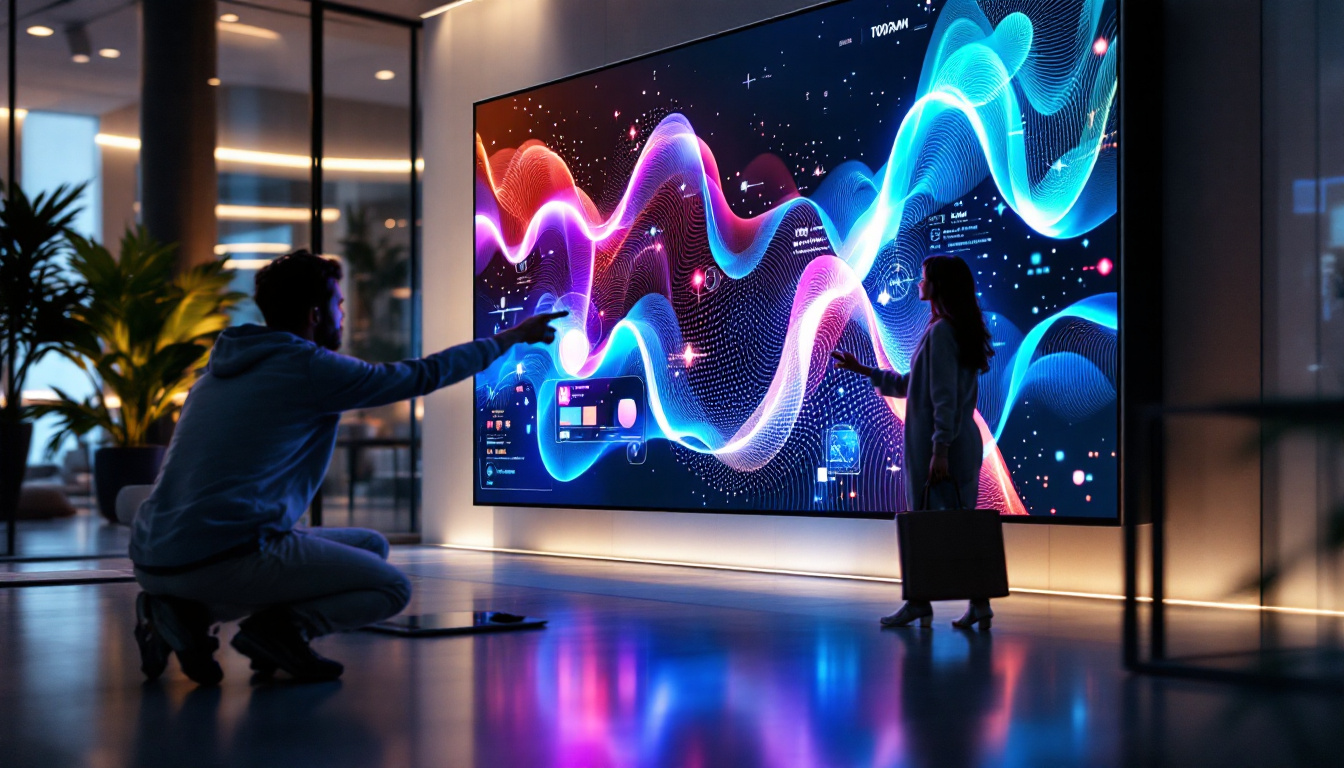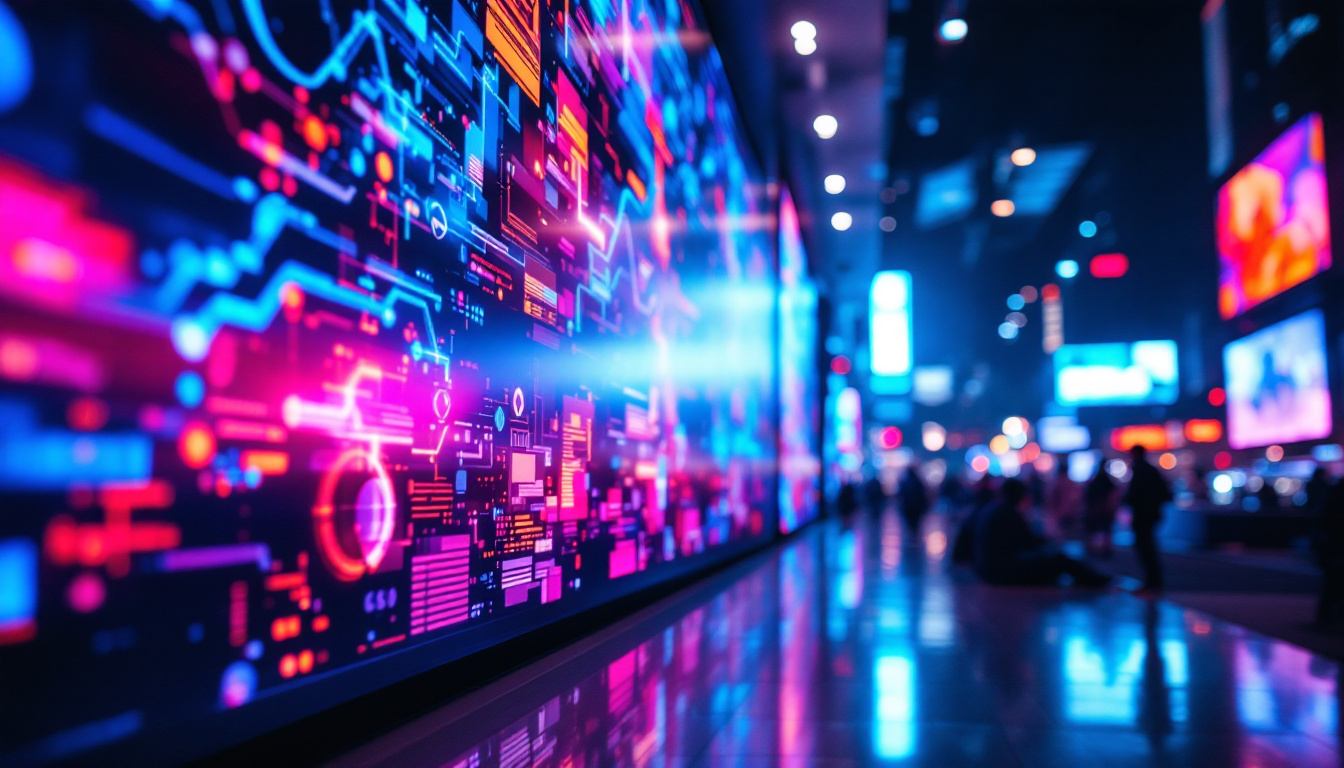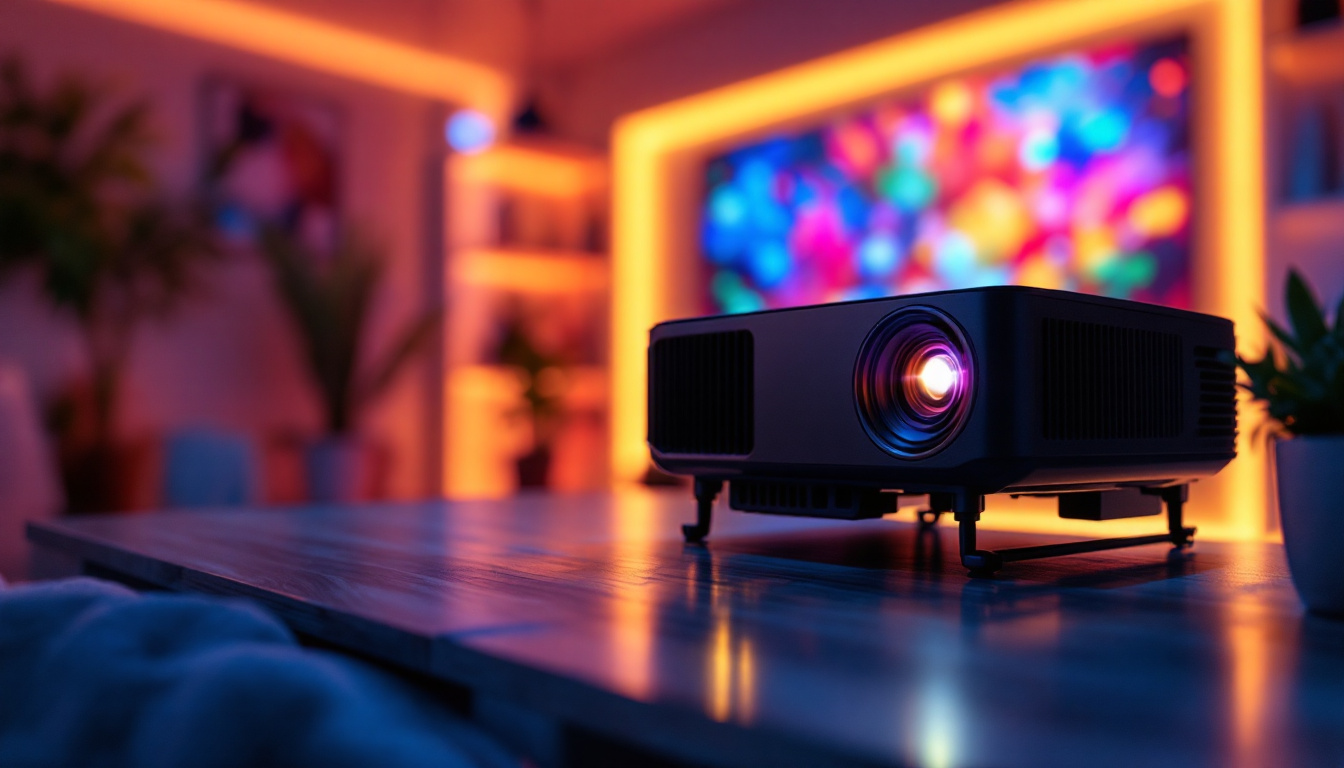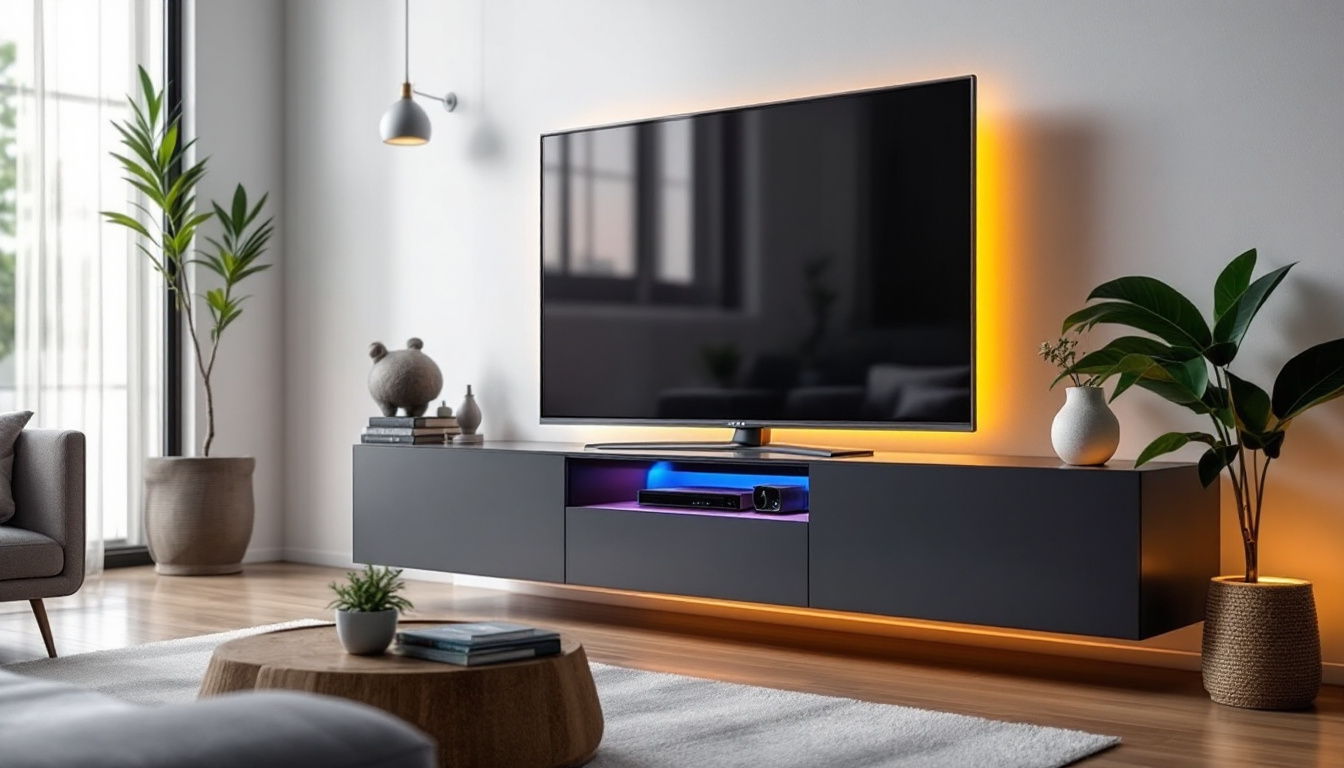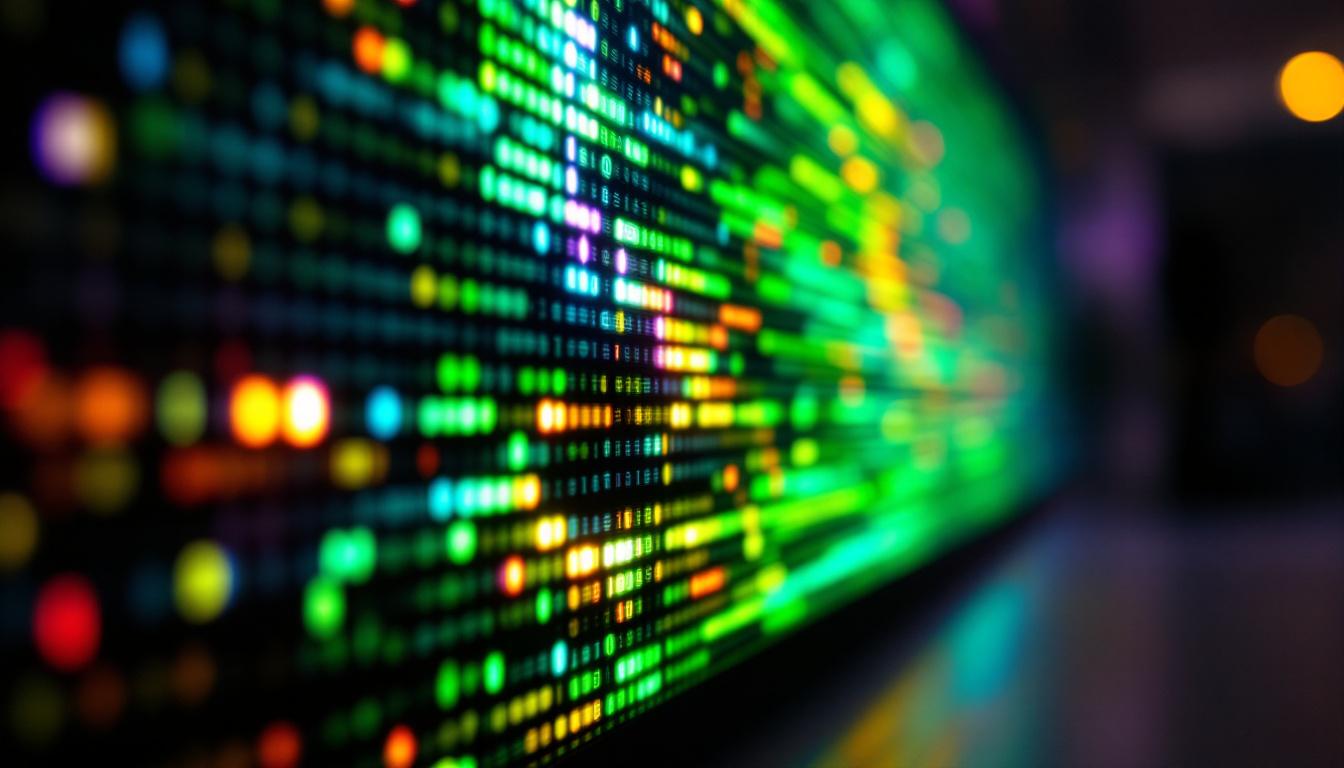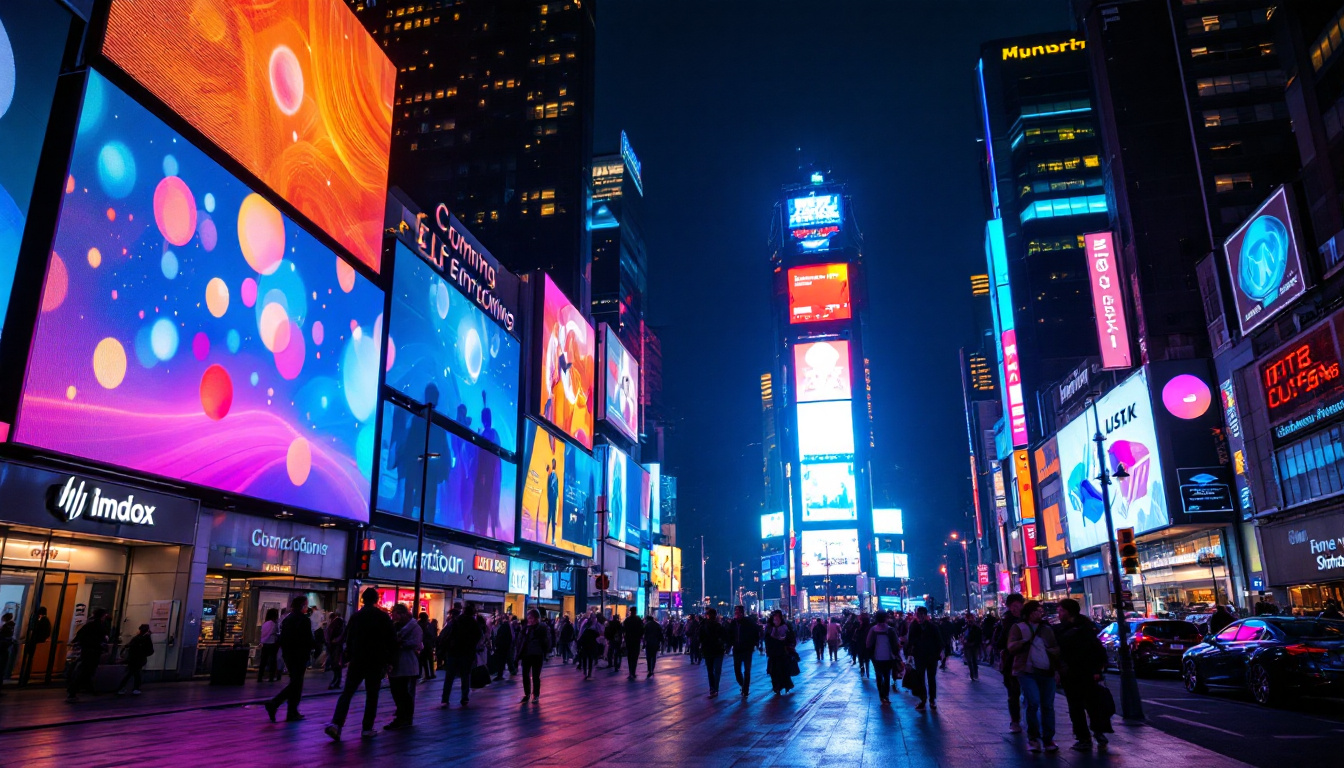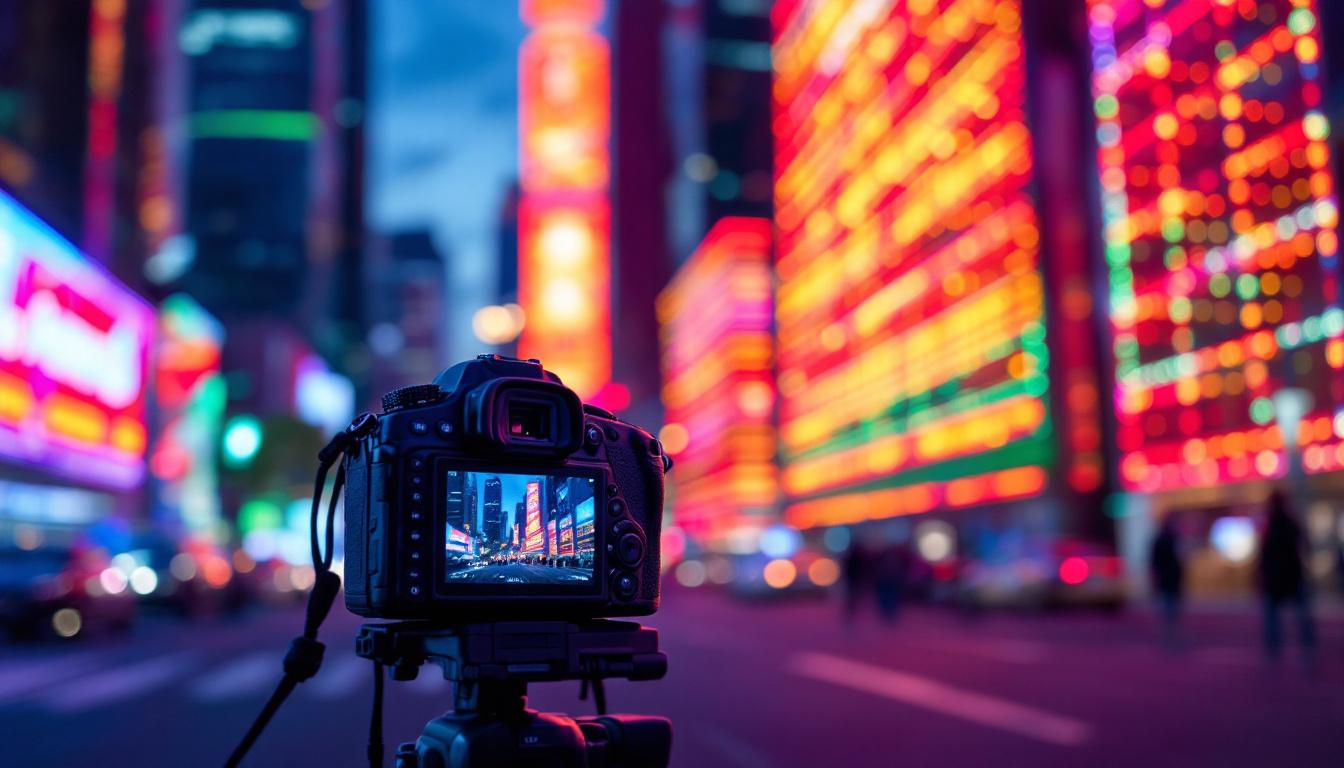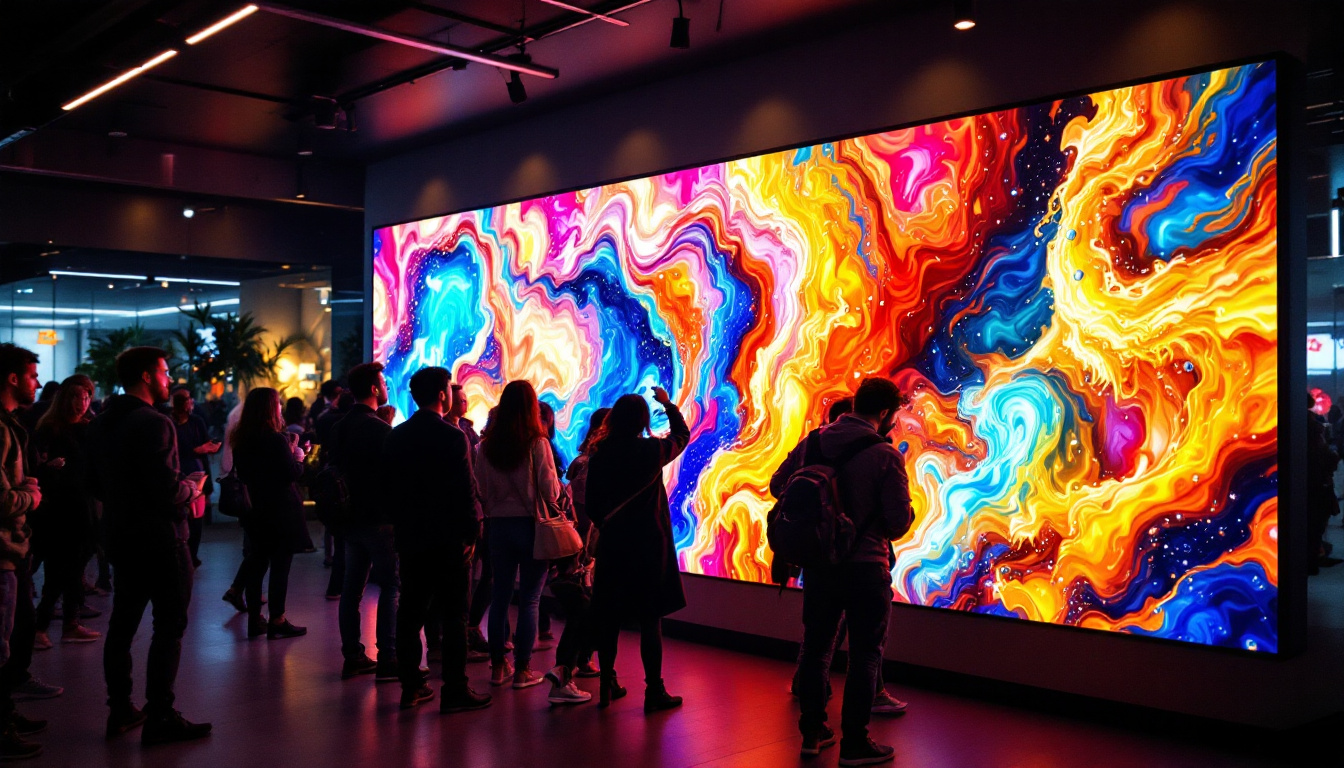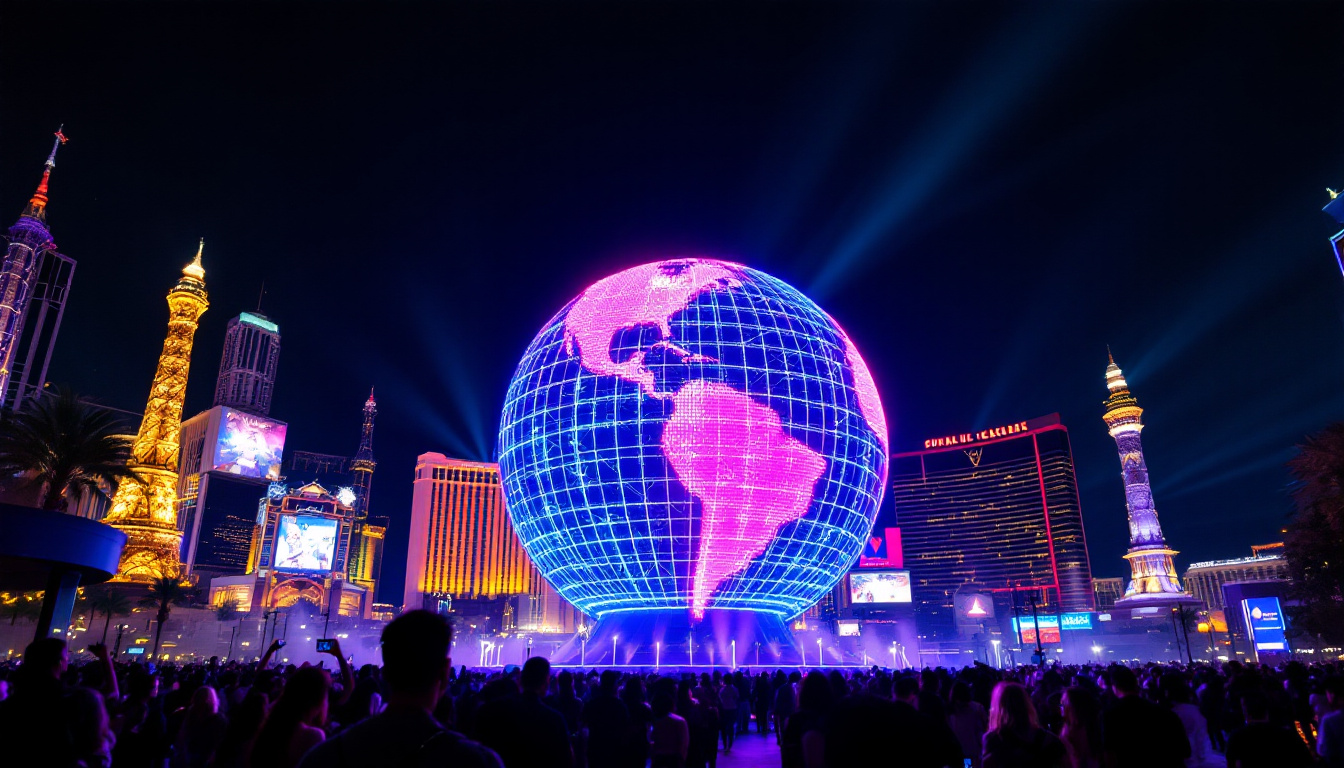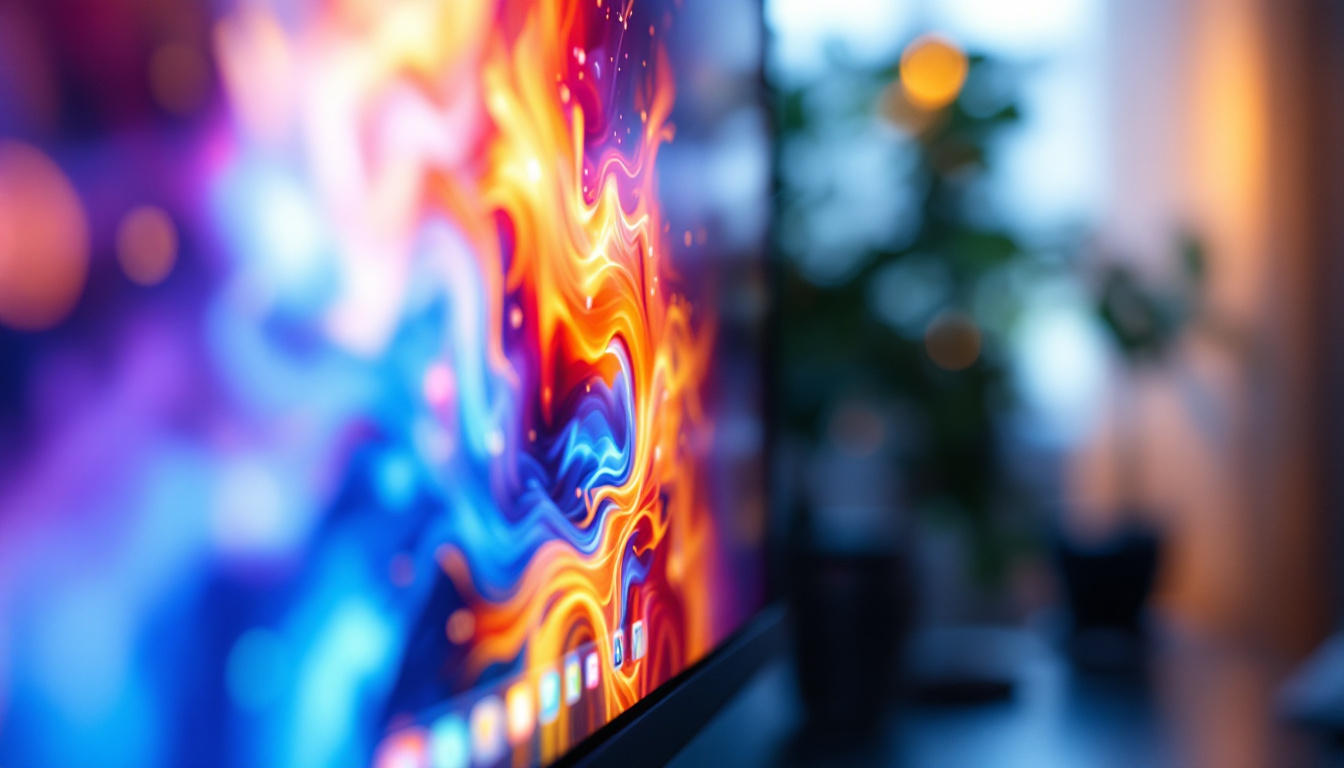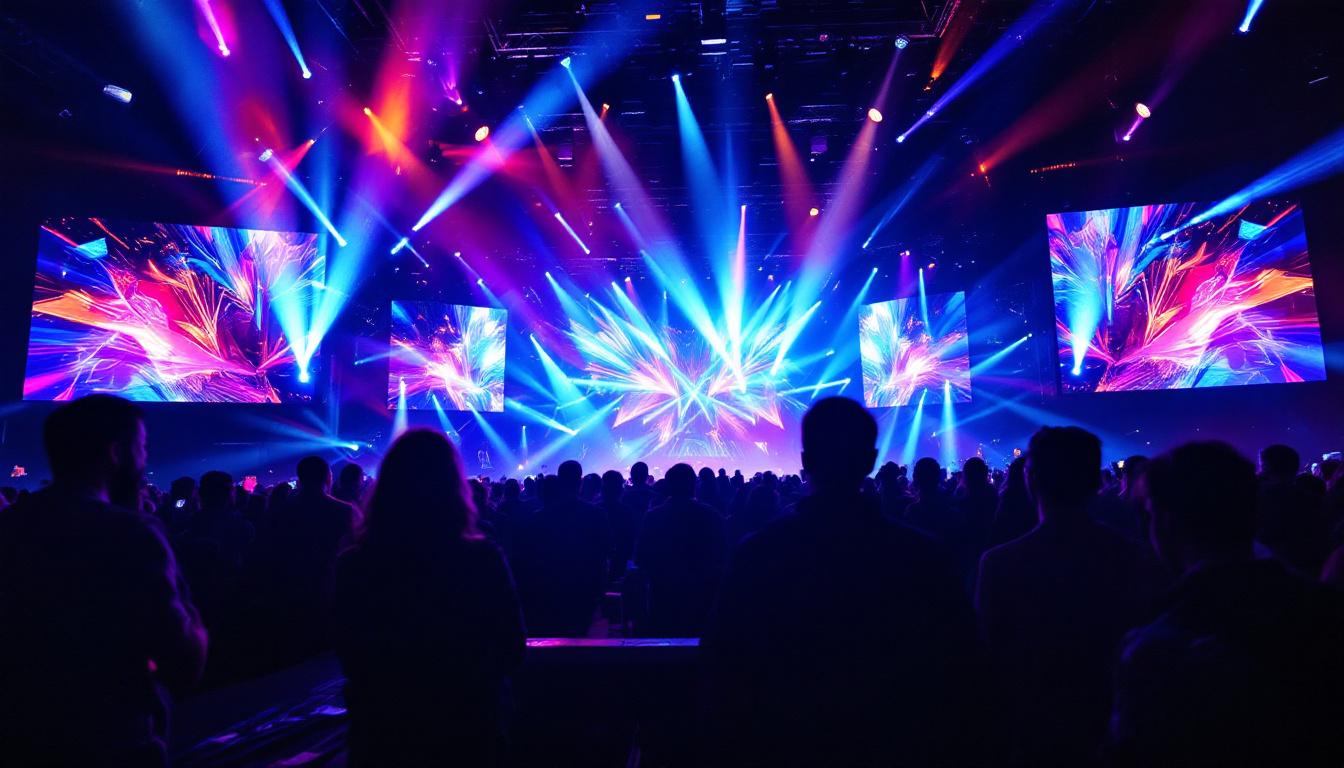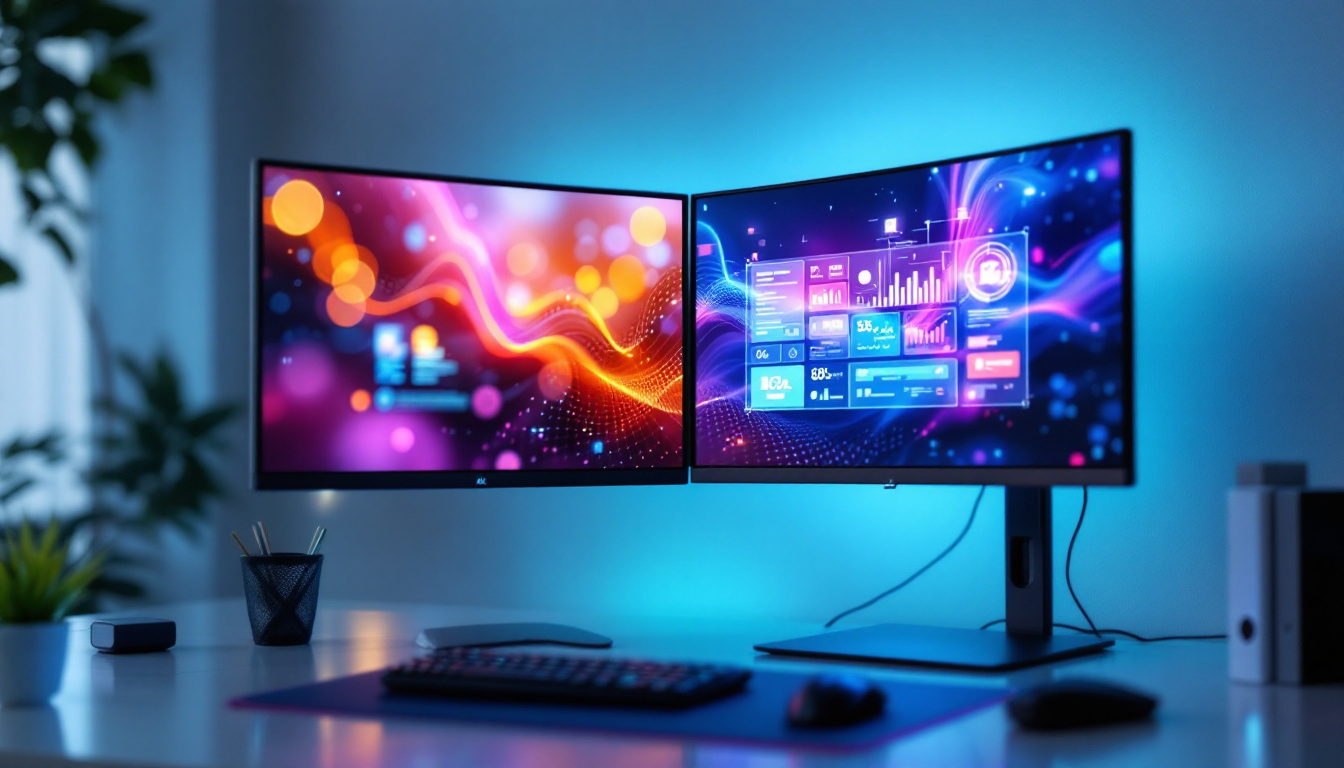In the world of modern technology, LED displays have emerged as a transformative force in visual communication. From large outdoor billboards to indoor screens in shopping malls, the versatility and effectiveness of LED technology have made it a preferred choice for businesses and advertisers alike. This article delves into the intricacies of LED displays, exploring their types, benefits, applications, and future trends.
Understanding LED Technology
LED, or Light Emitting Diode, is a semiconductor device that emits light when an electric current passes through it. This technology has revolutionized the way displays are designed and utilized, offering a plethora of advantages over traditional display methods. From energy efficiency to longevity, LEDs have become the go-to choice for a wide range of applications, including residential, commercial, and industrial lighting solutions.
How LED Displays Work
At the core of LED displays are tiny diodes that produce light. These diodes are arranged in a grid format, forming pixels that can be controlled individually. When electrical signals are sent to these pixels, they light up in various colors, creating images and videos. The combination of red, green, and blue (RGB) light from these diodes allows for a wide spectrum of colors to be displayed. This RGB model is fundamental to not just displays but also to various forms of digital art and media, enabling creators to produce stunning visuals that captivate audiences.
The brightness and clarity of LED displays are largely attributed to their ability to emit light directly, rather than relying on a backlight, as seen in traditional LCD screens. This direct emission results in vibrant colors and sharp images, even in bright outdoor environments. Additionally, LED technology allows for faster refresh rates, which is particularly beneficial in applications like gaming and video broadcasting, where smooth motion is essential for an immersive experience.
Types of LED Displays
LED displays come in various types, each suited for specific applications. The most common types include:
- Indoor LED Displays: These are designed for use in enclosed spaces like shopping malls, conference rooms, and theaters. They typically have a higher pixel density, allowing for detailed images viewed from a closer distance. The versatility of indoor displays also means they can be customized in size and shape, accommodating unique architectural designs and branding needs.
- Outdoor LED Displays: Built to withstand harsh weather conditions, outdoor displays are larger and have a lower pixel density. They are often used for billboards, sports arenas, and large public events. These displays are engineered with protective coatings and robust housings to ensure durability, making them a reliable choice for high-visibility advertising and public announcements.
- Transparent LED Displays: A newer innovation, these displays allow light to pass through while still showing images. They are ideal for retail environments where visibility is crucial. Retailers can use transparent displays to showcase products while simultaneously displaying promotional content, creating an engaging shopping experience that captures the attention of passersby.
In addition to these common types, there are also specialized LED displays, such as flexible LED screens that can bend and curve to fit unique spaces, and high-definition LED walls that are often used in control rooms and broadcasting studios. The continuous advancements in LED technology promise even more innovative applications in the future, including integration with smart technology for enhanced interactivity and user engagement.
Benefits of LED Displays
The advantages of LED displays extend beyond just visual appeal. They offer numerous benefits that make them an attractive option for businesses and organizations.
Energy Efficiency
One of the standout features of LED technology is its energy efficiency. LED displays consume significantly less power compared to traditional display technologies, such as incandescent or fluorescent lights. This not only reduces operational costs but also contributes to a smaller carbon footprint, making LED displays an environmentally friendly option. Furthermore, many LED displays come equipped with intelligent sensors that adjust brightness based on ambient light, optimizing energy consumption even further. This feature not only enhances the longevity of the display but also ensures that businesses can maximize their return on investment through reduced energy bills.
Longevity and Durability
LED displays are known for their long lifespan, often lasting up to 100,000 hours or more, depending on usage and conditions. This durability means less frequent replacements and lower maintenance costs over time. Additionally, LED screens are more resistant to shock and vibration, making them ideal for high-traffic areas. The robust construction of LED displays also allows them to withstand extreme weather conditions, which is particularly advantageous for outdoor signage. As a result, businesses can deploy these displays in various environments without the constant worry of damage or degradation, ensuring consistent performance and reliability.
High Brightness and Contrast
LED displays excel in brightness levels, making them suitable for both indoor and outdoor settings. Their high contrast ratios ensure that images remain clear and vibrant, even in direct sunlight. This capability is particularly beneficial for advertising, where visibility is crucial for capturing attention. Moreover, the color accuracy of LED displays enhances the overall viewing experience, allowing for more engaging content that resonates with audiences. With advancements in technology, many LED displays now support a wider color gamut, enabling businesses to showcase their products and services in the best possible light. This not only attracts customers but also reinforces brand identity through consistent and striking visuals.
Applications of LED Displays
The versatility of LED displays allows them to be used in a wide range of applications across various industries.
Advertising and Marketing
One of the most prominent uses of LED displays is in advertising. Businesses leverage large outdoor LED screens to showcase advertisements, promotions, and events. The dynamic nature of these displays allows for changing content, making them an effective tool for capturing consumer attention. Moreover, the brightness and vivid colors of LED technology ensure that ads stand out even in bright daylight, making them a preferred choice for high-traffic areas. Companies can also utilize targeted advertising through LED displays by tailoring content based on the time of day or specific audience demographics, thus maximizing engagement and return on investment.
Events and Entertainment
In the entertainment industry, LED displays are integral to concerts, festivals, and sporting events. They are used for stage backdrops, scoreboards, and live feeds, enhancing the overall experience for attendees. The ability to display high-definition video content adds a layer of excitement and engagement. Additionally, LED screens can be configured in various shapes and sizes, allowing for creative installations that transform venues into immersive environments. From dazzling light shows at music festivals to interactive displays at sports arenas, these screens play a crucial role in captivating audiences and elevating the entertainment experience to new heights.
Public Information Systems
LED displays are also utilized for public information systems, such as transportation signage and wayfinding displays. These screens provide real-time updates on schedules, directions, and important announcements, improving communication and accessibility for the public. In urban settings, LED displays can serve as digital billboards that relay crucial information about traffic conditions, emergency alerts, or public service announcements, ensuring that citizens stay informed. Furthermore, the integration of LED technology in public spaces enhances aesthetic appeal while promoting a modern and tech-savvy image of the city, encouraging tourism and community engagement.
Retail Environments
In retail environments, LED displays have revolutionized the way products are marketed and sold. Retailers use these screens to create vibrant in-store displays that attract customers and highlight promotions. Interactive LED screens can provide customers with detailed product information, reviews, and even virtual try-on experiences, enhancing the shopping experience. Additionally, the ability to change content quickly allows retailers to adapt to seasonal trends or flash sales, ensuring that they remain competitive in a fast-paced market. The integration of LED technology not only boosts sales but also contributes to a more engaging and memorable shopping atmosphere.
Education and Training
In educational settings, LED displays are becoming increasingly popular for enhancing learning experiences. Schools and universities utilize these screens for presentations, lectures, and interactive learning sessions. The clarity and brightness of LED technology ensure that content is easily visible to all students, regardless of their seating position. Furthermore, these displays can facilitate collaborative learning by allowing multiple users to share information in real-time. In training environments, LED screens can be used for simulations and demonstrations, providing a dynamic platform for skill development and knowledge acquisition. This integration of technology in education not only fosters engagement but also prepares students for a digital future.
Future Trends in LED Display Technology
The LED display industry is continuously evolving, driven by technological advancements and changing consumer demands. Several trends are emerging that are likely to shape the future of LED displays.
Advancements in Pixel Technology
As technology progresses, pixel density is expected to increase, leading to even sharper and more detailed images. Innovations such as microLED and miniLED technology promise to deliver higher resolutions while maintaining the benefits of traditional LED displays.
Integration with Smart Technology
With the rise of smart technology, LED displays are becoming increasingly integrated with IoT (Internet of Things) devices. This integration allows for real-time data sharing, remote management, and interactive capabilities, enhancing user engagement and operational efficiency.
Focus on Sustainability
The push for sustainability is influencing the LED display market, with manufacturers exploring eco-friendly materials and production processes. This focus on sustainability not only meets consumer demand but also aligns with global efforts to reduce environmental impact.
Choosing the Right LED Display
When selecting an LED display, several factors should be considered to ensure it meets the specific needs of the application.
Resolution and Pixel Pitch
The resolution of an LED display is determined by its pixel pitch, which refers to the distance between the centers of two adjacent pixels. A smaller pixel pitch results in higher resolution and is ideal for applications where viewers are close to the screen, such as indoor settings. Conversely, a larger pixel pitch is suitable for outdoor displays viewed from a distance.
Brightness and Environment
Brightness is another critical factor to consider. Outdoor LED displays should have higher brightness levels to combat sunlight, while indoor displays can operate at lower brightness. Assessing the environment where the display will be installed is essential for optimal performance.
Budget and Maintenance
Finally, budget considerations play a significant role in the decision-making process. While LED displays can be a significant investment, their long-term benefits often outweigh the initial costs. Additionally, understanding maintenance requirements and warranty options can help in making an informed choice.
Conclusion
LED displays have transformed the landscape of visual communication, offering unparalleled advantages in terms of brightness, energy efficiency, and versatility. As technology continues to advance, the applications and capabilities of LED displays are expected to expand further, making them an essential tool for businesses and organizations across various sectors.
Whether for advertising, entertainment, or public information, the impact of LED displays is undeniable. As industries embrace this technology, it is clear that LED displays will play a pivotal role in shaping the future of communication and engagement.
In summary, understanding the fundamentals of LED displays, their benefits, applications, and emerging trends can empower businesses to make informed decisions and leverage this technology to its fullest potential.
Discover LumenMatrix’s Innovative LED Solutions
Ready to elevate your visual communication with the latest in LED display technology? Look no further than LumenMatrix, where innovation meets excellence. Our comprehensive range of LED display solutions, from Indoor and Outdoor LED Walls to specialized displays like Vehicle LED and Transparent LED, are designed to captivate your audience and amplify your brand’s presence. Embrace the future with our cutting-edge displays that promise to transform your space and engage viewers like never before. Check out LumenMatrix LED Display Solutions today and experience the power of advanced visual storytelling.

